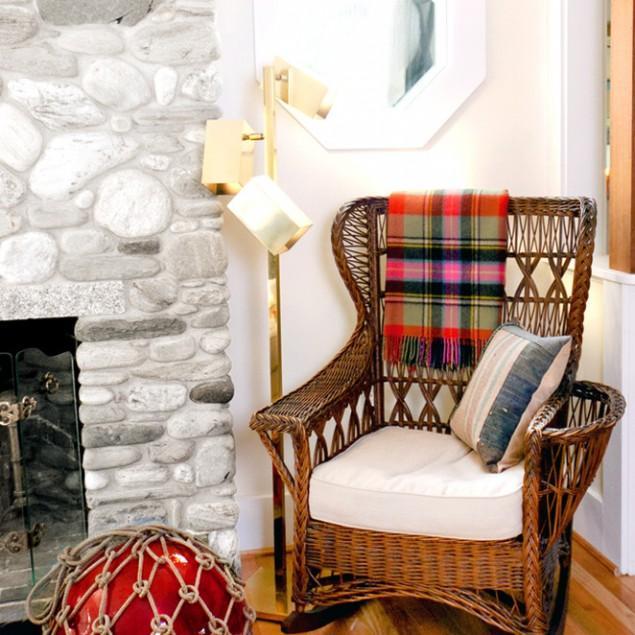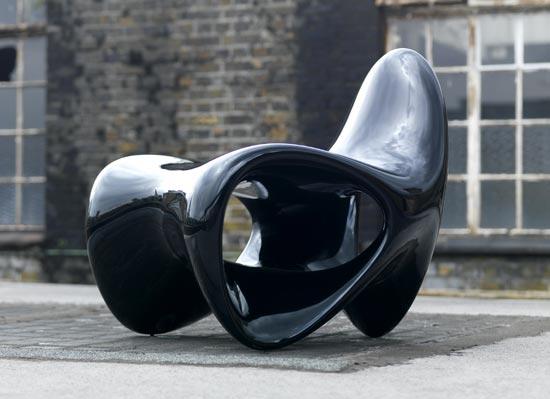Every homeowner wants to make sure that their home is in perfect condition at all times. However, there will be broken things in the home at one time or another. Leaks are one of the most common problems experienced by homeowners. According to the Environmental Protection Agency (EPA), an average family wastes approximately 9,400 gallons of water each year through leaks. If not detected and fixed in time, water leaks can result in serious water damage. A home will also be running the risk of dangerous mold or mildew which can be harmful to the health of its occupants. Here are all the important details to know about water leaks.
What are the various types of water leaks that can occur in a property?
There are many types of leaks that can occur in a building’s supply piping and drain piping. Knowing what type of leak is occurring in a building helps to pinpoint the problem and specify the necessary repairs. The best way to find hidden leaks is to hire experienced plumbing experts. Experienced plumbers use non-invasive techniques and advanced technology to minimize damage to property while maximizing solutions. The most common types of leaks in a home include:
- Plumbing Fixtures Leaks
Plumbing fixtures, such as toilets, showers, tubs, and sinks can produce leaks for different reasons. Here are some common leaks in plumbing fixtures:
- Toilet Leaks:
- Toilet leaks are one of the most common household leaks. A
- toilet leak
- It can waste up to 100, 000 gallons of water every month. A damaged toilet tank fill valve can cause a toilet overflow leak. Similarly, a loose toilet base may cause leaks into the floor when the toilet is flushed. Similarly, a toilet that runs continuously can cause a range of leak issues including sewer backup leaks if the running toilet causes a septic drain field failure.
- Leaking Sink Pipes:
- The pipes under a sink can leak a steady stream of water all over the cabinets. Since most sink cabinets are usually made of wood, mold growth is a likely sign of this leak.
- Leaking Shower or Leaking Tub:
- A faulty seal is usually the leading cause of a leaky tub. If a showerhead is leaking and the drips are more than ten per minute, you could be wasting more than 500 gallons of water per year.
- Drain Leaks
Just like hidden water faucet leaks, drain leaks only show up if the leaking drain is carrying wastewater. Except for the drain pipes that are visible, drain leaks can take long before they appear. In most cases, they show up as a stain on a wall or ceiling or as mold in a building. Drain leaks may also occur due to improperly installed sink basin, a corroded or loose sink strainer, missing gaskets or sealants.
- Leaking Water Pipes
Although they are rare, leaking water peoples are one of the most destructive plumbing disasters possible. Since pipes are usually embedded in walls, it can be difficult to know if they are leaking. The major sign of a leaking water pipe is a wet spot on the wall or ceiling.
What are some common telltale signs of a water leak?
- Unusual Increase in Water Bill:
- An unexplained increase in a water bill is may indicate there is a leak. Compare the most recent water bills to that of the previous months and if there is an obvious spike that is not related to season or weather changes, then it is most likely a leak.
- Presence of Mold or Mildew:
- One of the most common telltale signs of hidden water leaks is the presence of mold or mildew on the walls or floors of a building. Mold grows in moist areas and a leaking pipe located underneath the floor or behind a wall provides a perfect atmosphere for it to flourish and cause damage. Mold resulting in a leaking pipe can cause serious health risks to the occupants of a home, which is why it is essential to get it detected and repaired as soon as possible.
- Damaged, Discolored or Warped Walls:
- Paint and wallpaper will come loose if it has been affected by water. Moisture breaks the seal between a wall and paint or wallpaper. The paint will manifest raised, uneven lines and cracks while wallpaper will peel away. If these signs are evident with no clear explanation, then there may be a hidden leak.
- Low Water Pressure:
- If there is a sudden drop in water pressure in the sink or shower and there’s nothing else running at the time, there is a good chance you could have a water leak. It is recommended to call an experienced plumber immediately to determine the cause of the problem and perform the necessary repairs.
What Are Some Common Tools for Detecting Leaks?
There are three common tools used by plumbers to detect a leak:
- Specialized Audio Equipment:
- All types of leaks will make a noise and with the state of the art audio equipment, a plumber can listen-in to the plumbing and determine where the leak is coming from.
- Visual Aid Equipment:
- Plumbers can use sewer cameras to see in real-time what is going inside a particular pipe. The most commonly used sewer inspection cameras are fiber-optic cameras. With a fiber-optic camera, a long cable with a camera at the end is inserted into the sewer line. The cable is guided via the sewer line and the video camera emits a signal that helps the plumber to know the specific location of the leak.
- Infrared Scanning Equipment:
- These tools create thermal images by reading the temperature of the surface. The reason why plumbers use infra-red scans is that moist areas will register lower temperatures than dry areas.
The truth is that none of these tools is useful in the wrong hands. This is why it is essential to hire a licensed and highly plumber, especially when it comes to water leaks detection and repair. Hidden leaks can cause significant damage to a home. Thus, it is important to ensure that water leaks are fixed quickly and efficiently.
Infographic created by Conway Services, an air conditioning company








